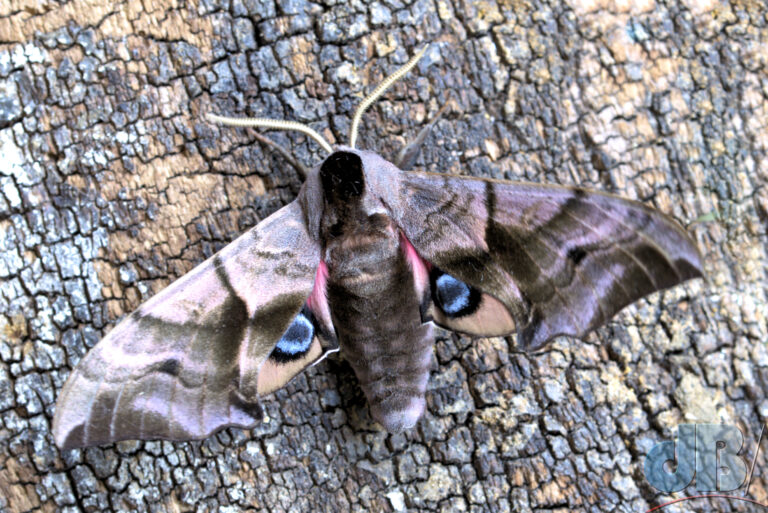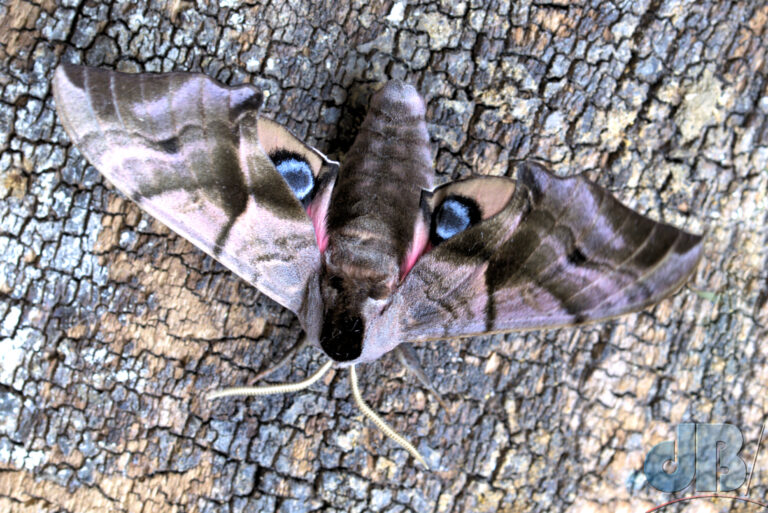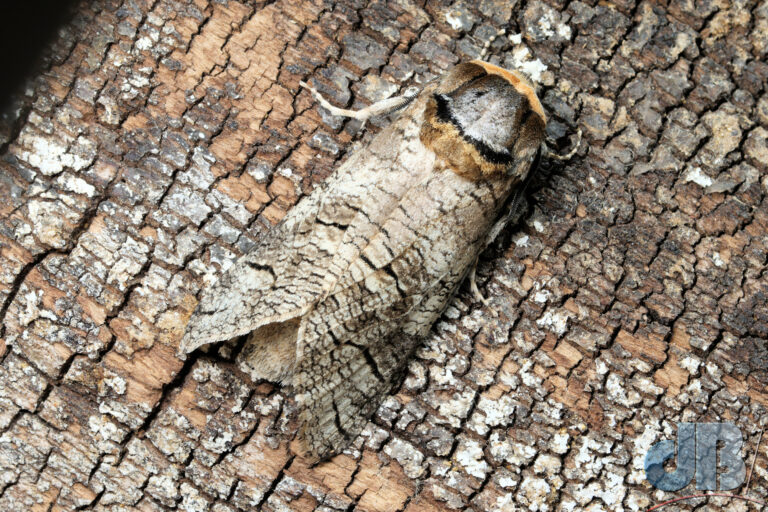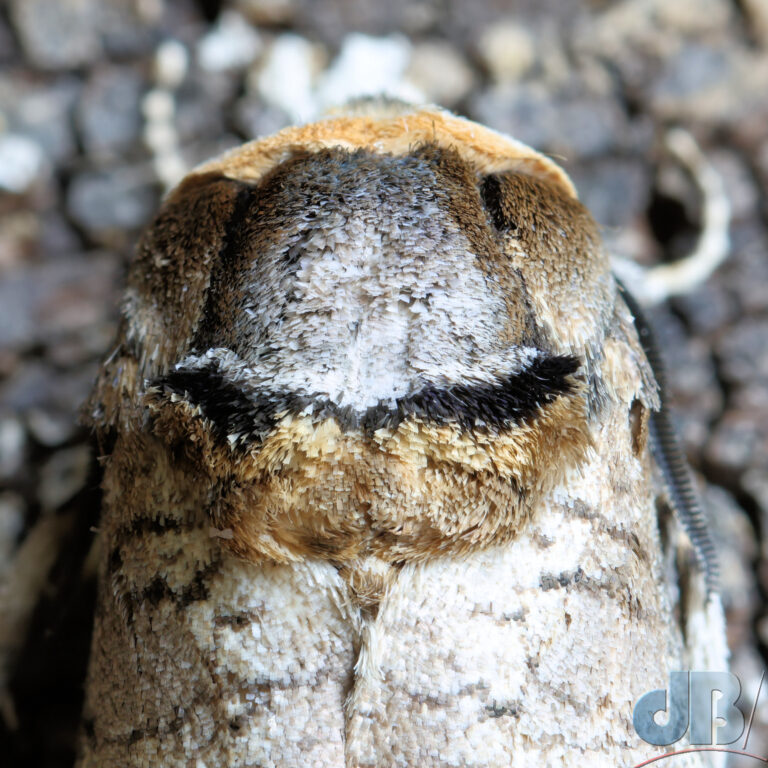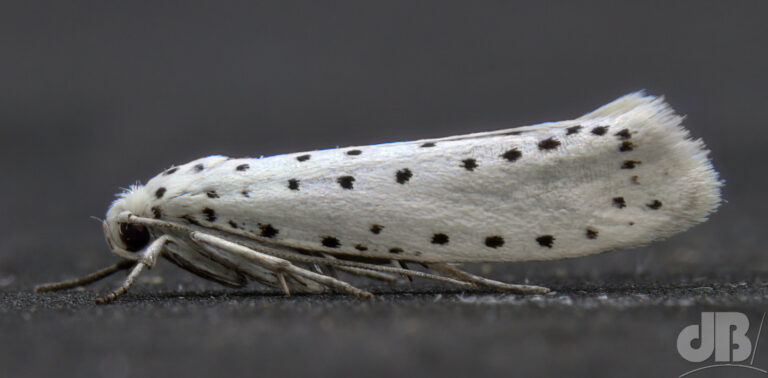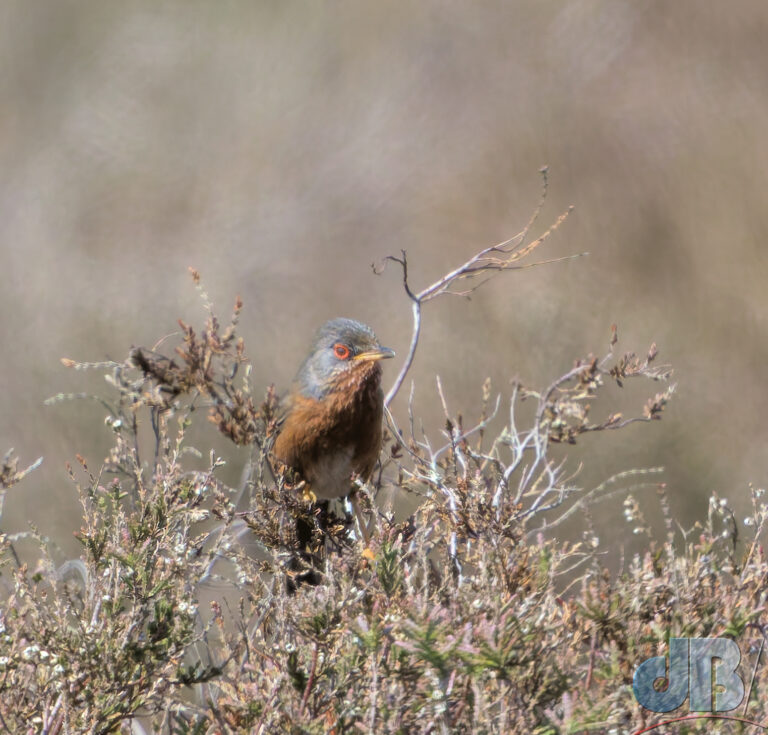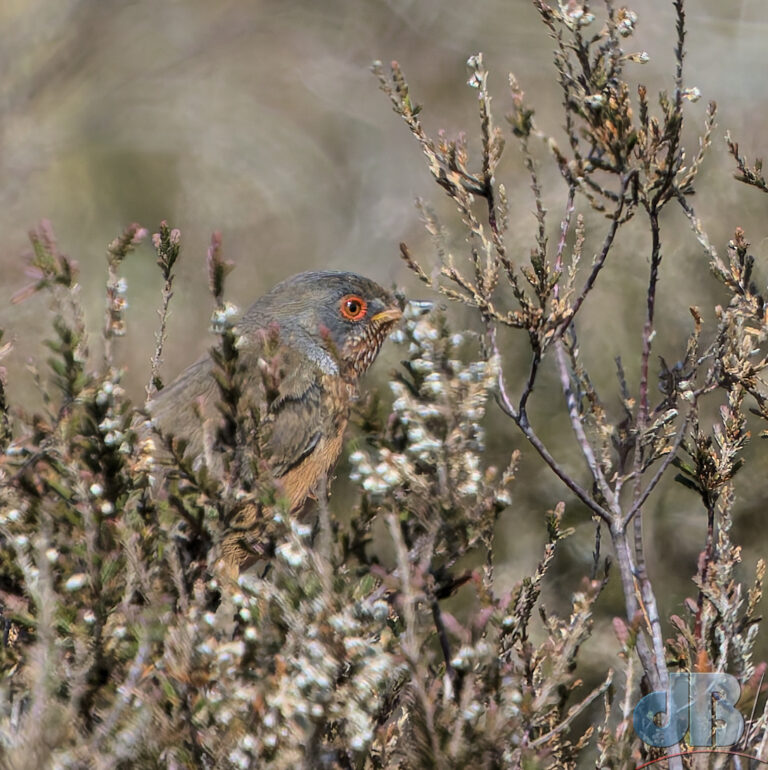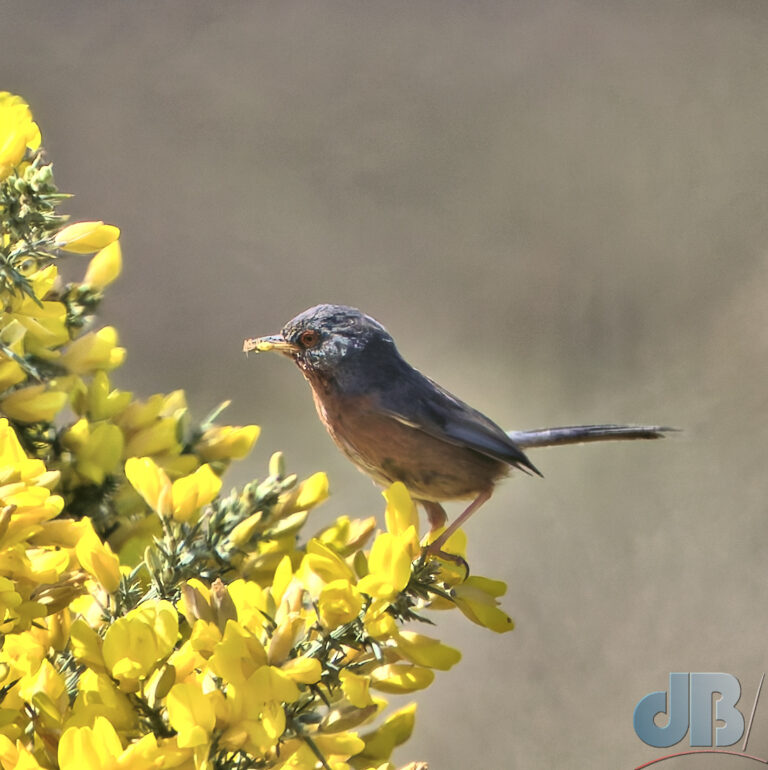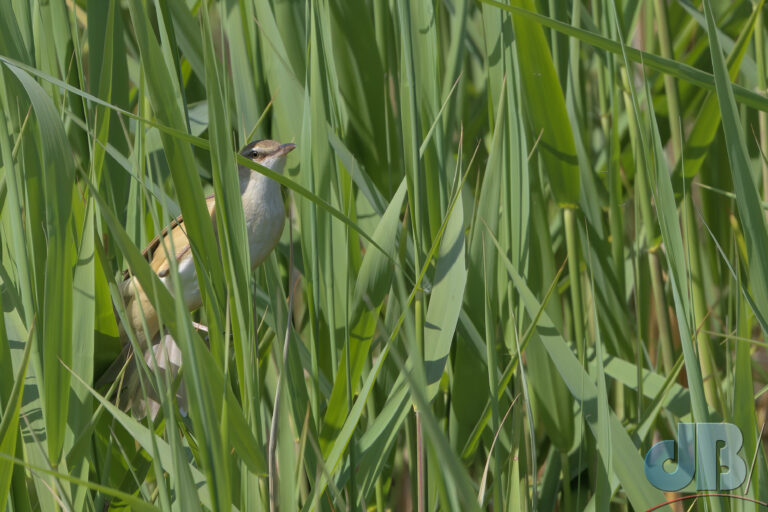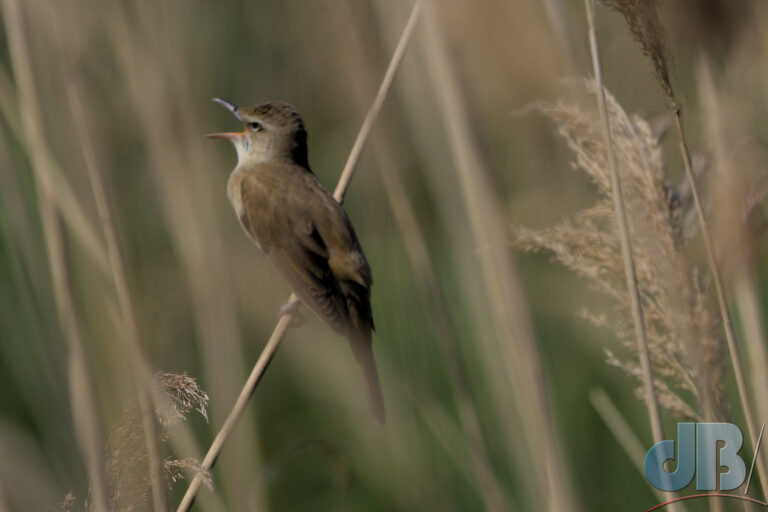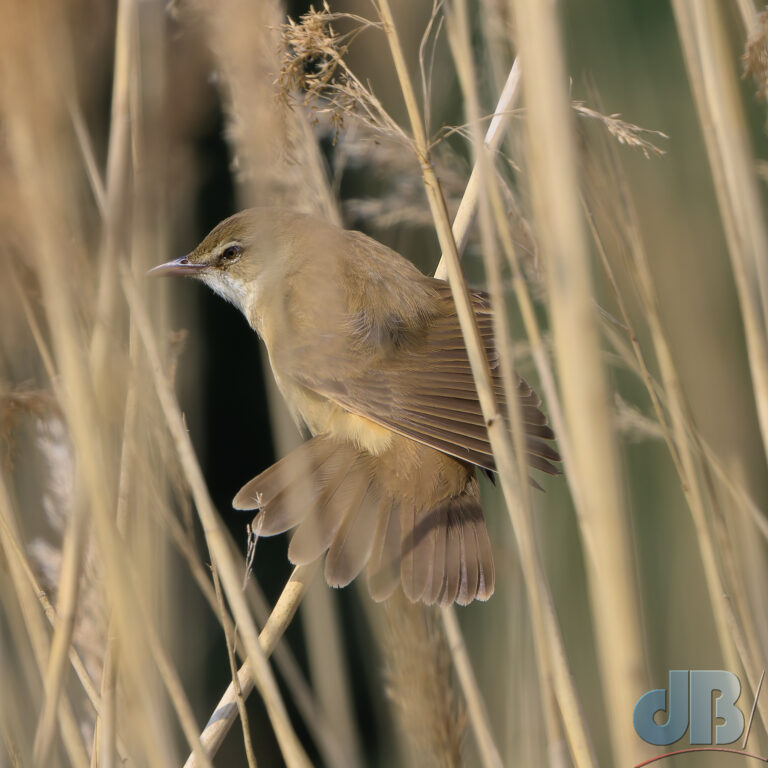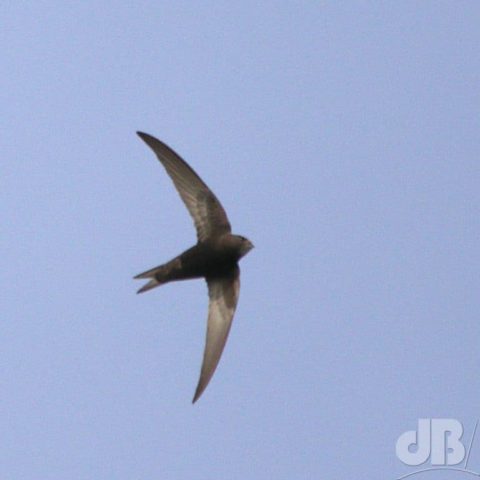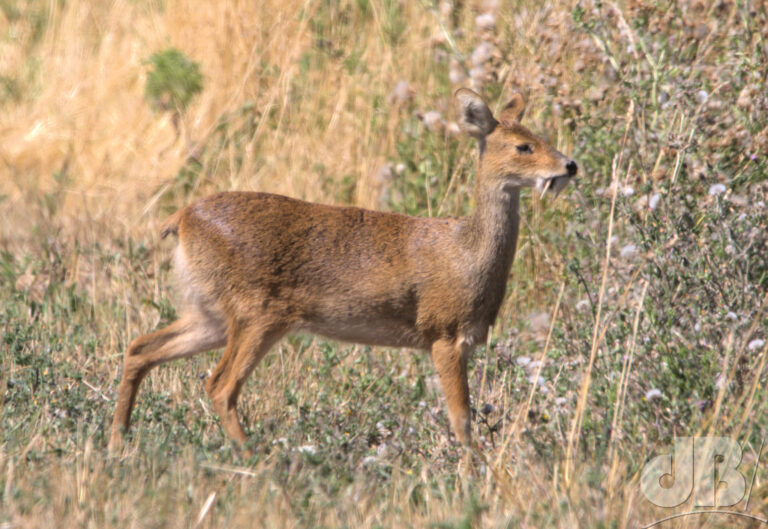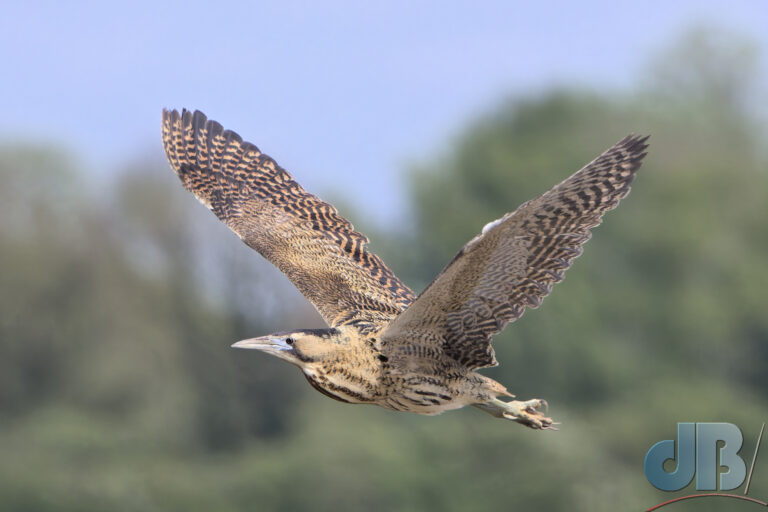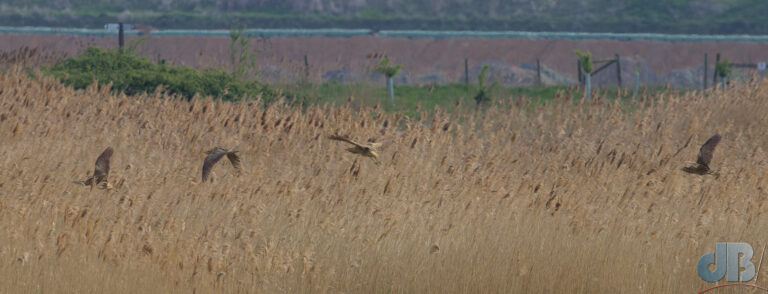A rather rare animal turned up in the garden a few nights ago. A Goat Moth, Cossus cossus.
Now, you might look at this chonky insect, which looks like a chunk of broken-off twig, and think why on earth did the early entomologists call it a Goat Moth?
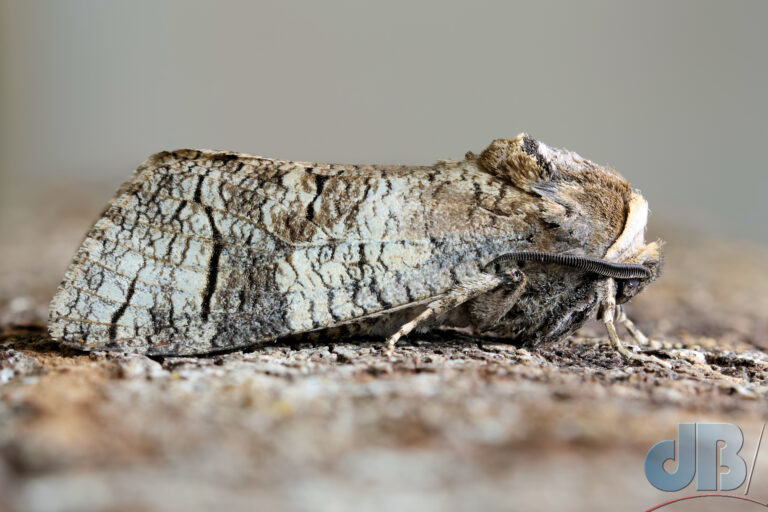
Well, as is often the case, moths are named for characteristics of their larvae (caterpillars) rather than the winged sex-machine adults. For example, the Elephant Hawk-moth is so-called because its larva is grey and wrinkly looking, with a couple of dark markings at one end that look like nostrils at the end of an elephant’s trunk. Looking like a miniature elephant’s trunk would seem to be no protection against predators, but when this caterpillar moves it bears more than a passing resemblance to a snake.
Meanwhile, the Goat Moth larva, which is shades of brown and orange looks more like a tiny scorched baguette rather than a goat. So, what’s the origin of the name? Well, it’s all about molecules. The larvae feed on the wood of deciduous trees and produce a delightful chemical cocktail containing various volatile acids, butyric, valeric, caproic, and caprylic acid.
You would probably recognise the vile smell of butyric acid immediately, it smells of vomit, valeric acid, on the other hand, has an unpleasant sweaty smell but is also an olfactory note in the stench of porcine ordure. Caproic acid and caprylic acid, as their names might suggest, alluding to caprine, meaning goaty, both have a rancid, goaty smell and are present in the urine of male goats.
If you’re a bird checking out the local larval buffet and there are some sweet-smelling caterpillars around alongside ones that smell of BO, puke, pig poo, and goat wee, which one are you choosing to take back to your chicks for their breakfast.
Given all that, sadly the Goat Moth is on the decline with only a few pockets around the UK where they might still be seen, including Cambridgeshire. For now. Loss of woodland habitat to developers and farming will inevitably see the decline of a moth that eats wood and takes 4 or 5 years to reach the pupation stage before metamorphosing into an adult.
